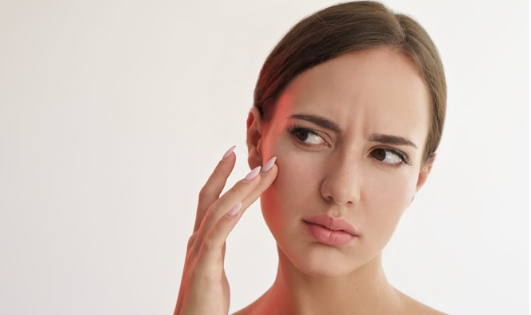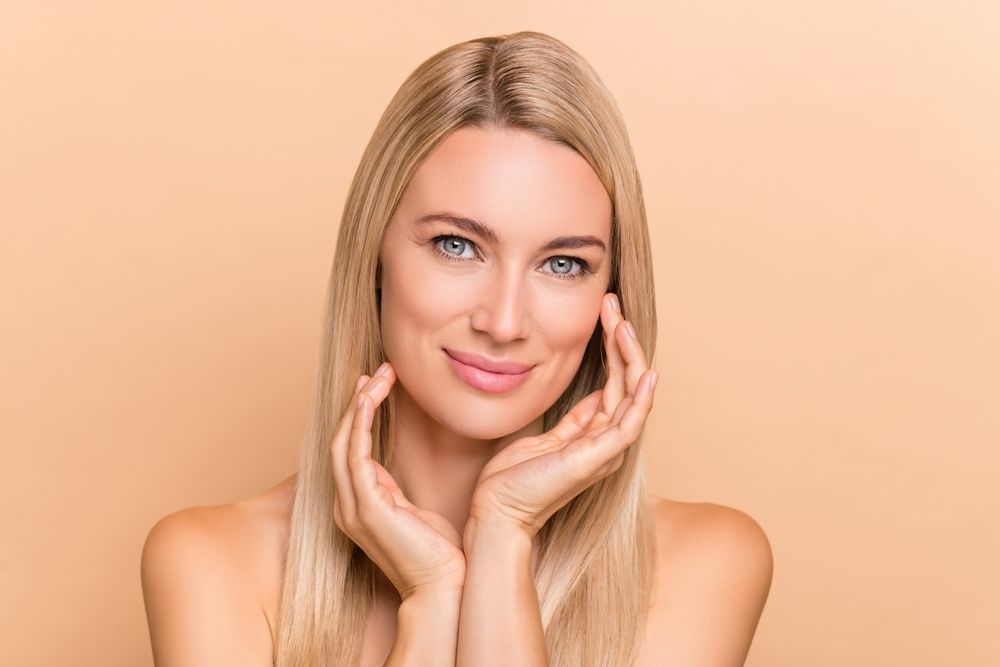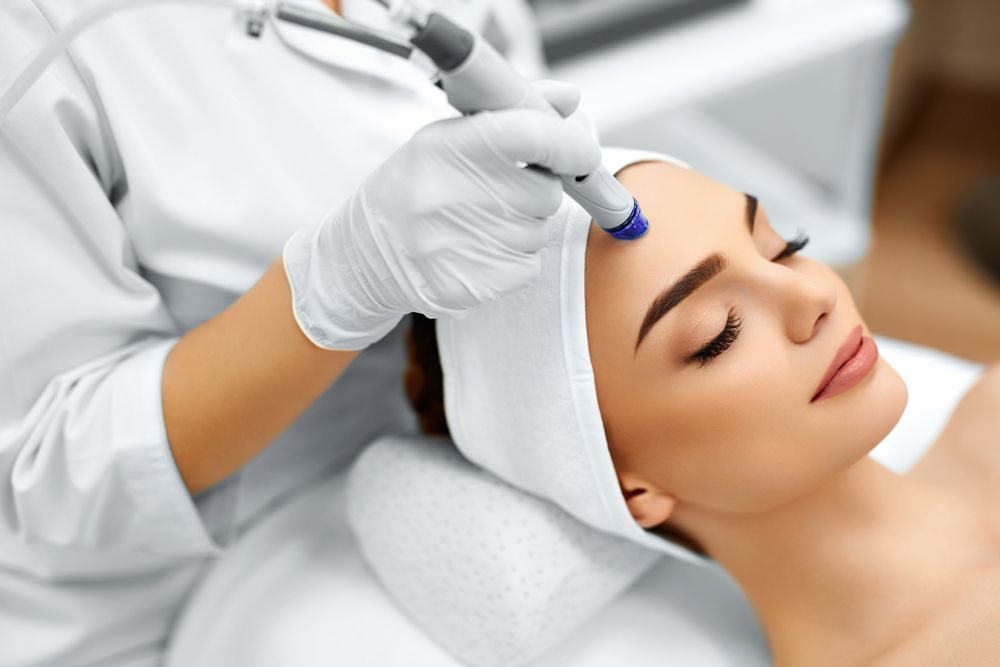The Ultimate Guide to Facial Rejuvenation: What You Need to Know
Facial rejuvenation is a combination of treatments and procedures used to reduce the signs of aging on the face. Depending on individual needs, facial rejuvenation can include everything from injectables, like Botox and fillers, to laser skin resurfacing and surgical procedures like facelifts or brow lifts.
The Ultimate Guide to Facial Rejuvenation: What You Need to Know
Have realistic expectations
The goal of facial rejuvenation is to reduce the signs of aging, not reverse them. If a patient has unrealistic expectations, they may be disappointed with their results. It’s important to discuss all potential outcomes and risks with your doctor before beginning any procedure.
Know what treatments are available
When it comes to facial rejuvenation, there is no one-size-fits-all approach. Different patients have different needs and should consider the full range of non-surgical and surgical treatments available. Depending on individual goals, this could include injectables like Botox or fillers, laser resurfacing, microdermabrasion, chemical peels, radiofrequency treatments, and more.
Choose a board-certified doctor
- Facial rejuvenation can be complex and requires the expertise of a qualified professional. It is important to check your doctor’s credentials to make sure they are board certified in plastic surgery or dermatology. Your doctor should also have experience in facial rejuvenation treatments and procedures.
Consider the risk of complications
- While facial rejuvenation can reduce the signs of aging, there is also a risk of complications. This can include infection, bleeding, swelling, bruising, and scarring. Make sure you understand all potential risks before beginning any procedure to ensure that you are adequately prepared for the recovery process.
Follow aftercare instructions
- It is important to follow all post-rejuvenation instructions to ensure the best results. This may include avoiding certain activities or products, applying topical creams, or taking medications for pain and inflammation. Make sure you understand what is expected of you and closely follow your doctor’s orders.
Evaluate the cost
- Facial rejuvenation can be costly, so make sure you understand the total cost of the treatments and procedures. Some providers offer financing or payment plans to help with costs. Be sure to research all your options before making a decision.
Consider the long-term effects
- Facial rejuvenation can have long-term effects on your skin, so make sure you understand how the treatments may affect you in the future. Different procedures will have different impacts, so it is important to do your research beforehand and talk with your doctor about all potential risks and outcomes.
Be patient
- Facial rejuvenation can take several months to show results, so it’s important to be patient and give your skin time to heal. Results will vary from person to person, so don’t be discouraged if you don’t see immediate changes.
Facial rejuvenation can help reduce the signs of aging and give you a more youthful appearance. However, it’s important to understand the risks and implications before beginning any procedure. Following this guide can help ensure that your experience with facial rejuvenation is successful and satisfactory. Contact us today to learn more about how facial rejuvenation can help you.
Our Recent News & Articles







